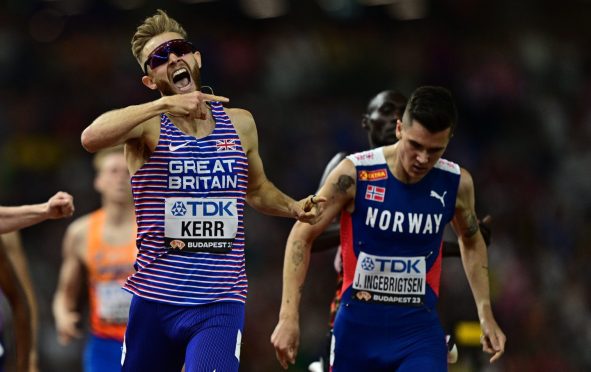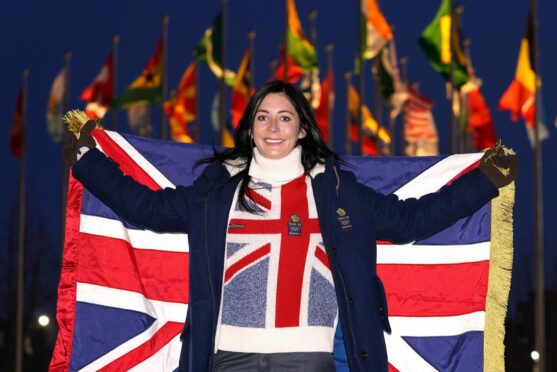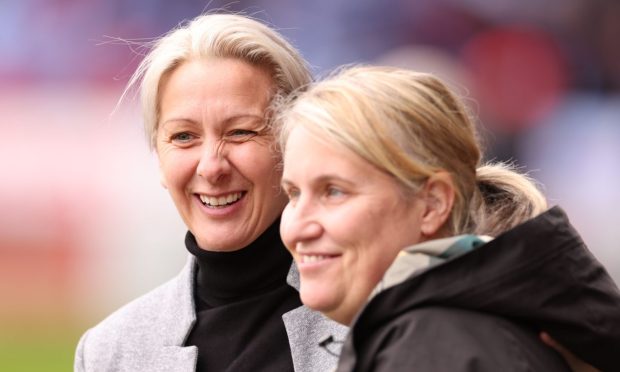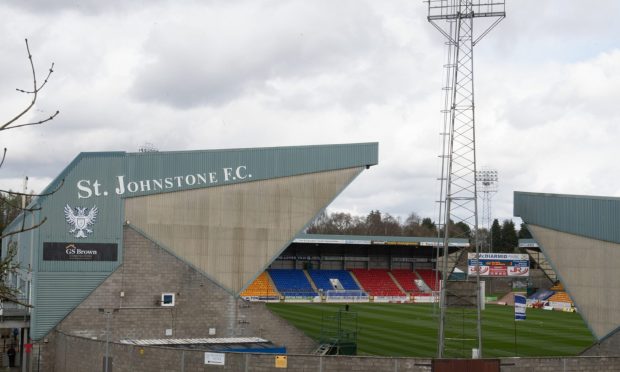It is time Dundee was recognised as a world leader, sensible, and just plain correct when it comes to naming traffic interchange civil engineering constructions.
Giving the name “circle” to what everyone else calls a “roundabout” is just . . . right!
Formal semantics (the study of what linguistic expressions actually mean) would back this up. The shape of the feature we’re talking about is, when all other shades of meaning and nuances of terminology are put aside, clearly a circle.
So where did the rest of the world go wrong? Why did circles become roundabouts?
Traffic roundabouts, as a term, has only been in use since the mid 1960s. They were invented by Frank Blackmore, a traffic engineer working for the Transport Research Laboratory.
I don’t know much about Mr Blackmore, but I suggest he was trying to find a way to describe his innovation to people who had never seen such a thing.
You can see the thought process: it is a feature designed to have cars travelling in a circular motion, joining and leaving it like children might hop on and off a roundabout.
And the simplistic name stuck.
But continuing with the child-like description is more difficult to explain. Why was this retained when adults don’t call cars broom-brooms or trains choo-choos?
It must be that the rest of the UK doesn’t have the plain common sense and straight-talking qualities of Dundonians. Show a Dundee person something shaped like a circle and they’ll tell you: that’s a circle!
In any case, “roundabout” isn’t accurate. With a roundabout it’s the apparatus itself that goes round. That’s not the case with a traffic circle, upon which the cars go round.
And a roundabout doesn’t sound like a serious piece of infrastructure whereas the classic circle, known from the very birth of geometry, has a dignity, a precise set of qualities, an inherent “rightness”.
Lastly, it is common practice to name thoroughfares for geographical features. That’s why we have Infirmary Brae, Keiller’s Rise, Buttar’s Loan, and Hill Street.
And descriptive accuracy is why T-junctions, crescents, crossroads, street corners, and city squares are so called.
Therefore if we name the above for their topography or shape it is natural that when we have a roads feature shaped like a circle, we name it a circle.
I rest my case.
This Christmas I’m giving Dundee folk the gift of recognition for their logical naming of traffic flow systems.
Now all I have to do now is explain why, at the western end of the Kingsway, there is a place every Dundonian calls “the Swallow roundabout”!
Word of the week
Circumbendibus (adj)
Indirect or roundabout. EG: “Not even in the most circumbendibus way could any deny that the Dundonian does, with great fortitude, endure the linguistic foibles of the rest of the world.”
Read the latest Oh my word! every Saturday in The Courier. Contact me at sfinan@dctmedia.co.uk










